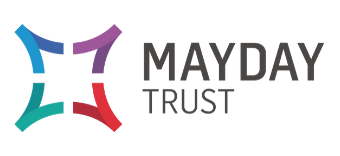7 of 9 To disrupt or not to disrupt?
“I worry that being disruptive would actually, at this point, be counter-productive and be seen as a little antagonistic.”
When referring to disruption, it is important to note that the approach is to ‘influence through doing.’ Rather than trying to convince, change is modelled and what emerges is shared to show the impact of person-led, transitional and strength-based work that constantly questions and challenges the status quo. This is done in a supportive way, coming from a place of understanding the pressures that people are under as they operate within the current systems.
The language of disruption can feel like a difficult one to navigate because it may be interpreted as hostile rather than collaborative and inclusive. This can prevent people from feeling confident to challenge both internally with other departments and externally with commissioners, funders or other providers.
Building trusting relationships is at the core of being able to ‘influence through doing’ so that the impact of the work can speak for itself through sharing lessons learned in a congruent and collaborative way without the need for campaigning and convincing.
Working in this sector, we have seen firsthand that the system is failing and will continue to do so without radical change. This is not the fault of any one individual. However, we all have a responsibility to listen to people who have or are encountering tough times and to recognise the unnecessary systemic barriers they face.
Being comfortable with the uncomfortable is the reality of being able to influence change. Being humble and understanding as well as being positively disruptive don’t have to be mutually exclusive.







